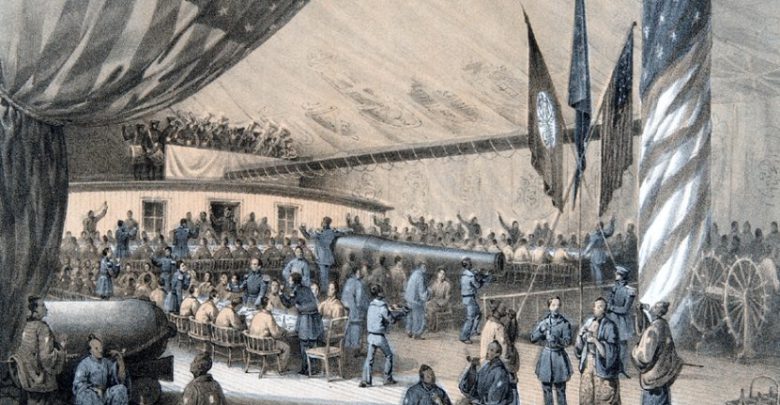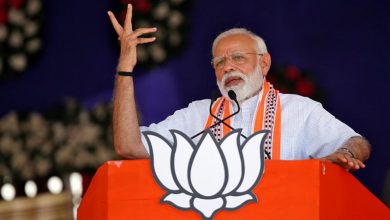AllAllAllAsia and OceaniaEuropeResolvedResolvedResolvedThe Americas
Commodore Perry and the Globalization of Japan
In the mid-1800s, the United States commandeered a squadron headed for Japan to enter into trade with the United States, effectively ending the ruling class in the country.

At the time of Commodore Perry, Japan was ruled by the Shogun of the Tokugawa family. This ruling class was put in to place when the Tokugawas defeated an opposition coalition of feudal lords, establishing dominance for over 250 years. While the Tokugawa received the title of Shogun from the powerless emperor, they did not establish an entirely centralized state, replacing the existing feudal lords with relatives and allies who were free to rule their respective domains with few restrictions. The shogun prevented mass rebellions against it by forbidding the marriages of feudal lords and forcing the ruling lords to spend every other year under the watchful eye of the Shogun in the capital city, now accused of being a semi-hostage situation.
The third ruling shogun enforced isolation and limited contact form the outside world during the seventeenth century, believing that international influences such as trade, religion and advanced arms equipment would shift the existing balance between the shogun and the feudal lords. This ideology was, in fact, correct. When Commodore Perry sailed into the Japanese harbor, many leaders wanted his ships expelled from the country. However, by 1854, trade agreements were signed for two ports, followed by the opening of four additional ports in 1858. The new trade brought an influx of foreign currency into the country and disrupted the local monetary system.
In an era where all Western nations were attempting to open the far east up to Western trade, the United Stated was not lacking in military prowess. In July of 1853, the united States sent Commodore Matthew Perry of the US Navy to Tokyo harbor attempting to force Tokyo to trade with America, specifically opening their ports to American merchant vessels. The US and other Western nations were seeking new markets for their manufactured goods as well as new countries to supply exports to. Commodore Perry went and imposed his demands by force, and the military strength of the US forces were no match for a weak and not as technologically advanced Japanese fleet.
Although Perry’s fleet was small and in itself not enough to force the massive changes in Japan that America sought, the Japanese recognized the interference of America as the first step in Western interest in the Japanese islands. In addition to America, other nations such as Russia, the Netherlands, Britain and France followed the example of the United States and subsequently sent fleets to force the Japanese to open their ports to foreign trade. Instead of simply threatening Japan, they aimed to form an alliance of navies on different occasions to disarm and defeat any defiant feudal Japanese domains.
Because he ruling shogun was unable to solve any problems brought by the international trade, samurai leaders began to demand a change in centralized leadership. The decentralization and apparent weakness of the shogun before the demand for trade and during the western interference led to the downfall of the shogunate and creation of a new centralized government.



